PRISM
Performance Restoration & Isolated Structural Modeling
Meet PRISM
PRISM evolves the practice of music production with a powerful new methodology for editing music and mixing sound. It reimagines the process from the user’s perspective, and reinvents it from a technical one. Yet it retains compatibility with existing tools and workflows, and preserves granular control. PRISM transitions DAWs to VAWs: Virtual Audio Workstations.

PRISM‘s “audio to MIDI to audio” gives users extraordinary new abilities. But it’s not a feature—it’s one of several underlying technologies used by PRISM to create the real magic. And bridge the gap between audio data and LLMs. Since 2013, PRISM has been used behind-the-scenes with dozens of iconic artists for whom performances are critical—ranging from Alice Cooper and Deep Purple, to Steve Vai and Crosby, Stills & Nash. Ten years later, PRISM is going public.
Meet the Scientist
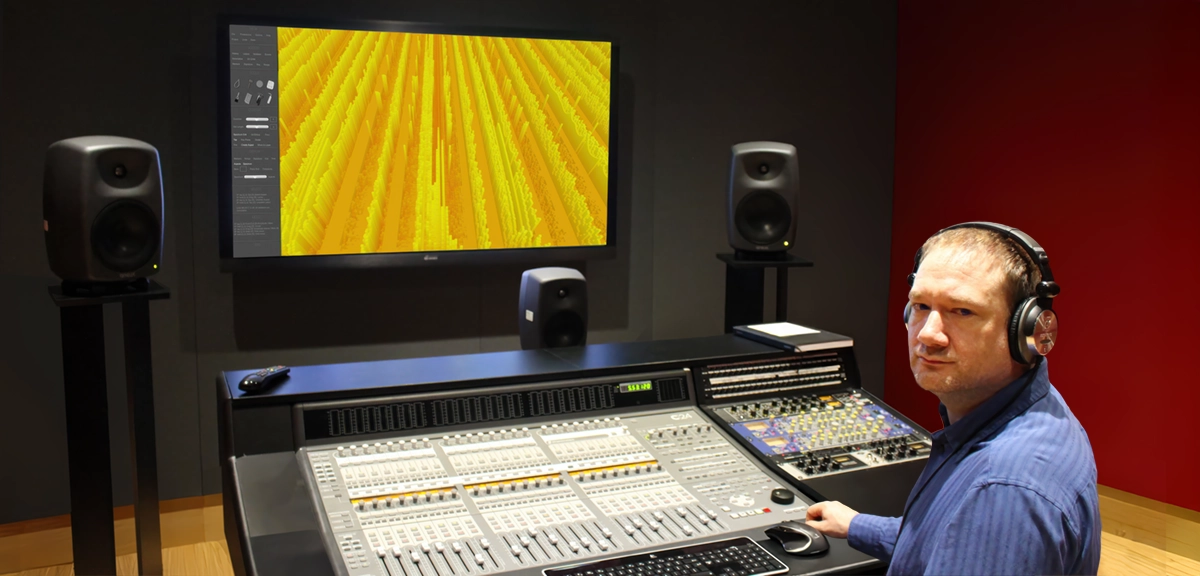
Bill Evans performed his graduate work at Manchester Metropolitan University and Glasgow University. His PhD thesis established the methodology of Performance Restoration, a set of technologies and techniques to repair musical errors in recorded music, and restore performers’ original intentions. The Virtual Audio Workstation was introduced in Evans’ alternate thesis. Based on this research, he has engineered tracks for dozens of iconic artists, including with his own band, Flying Colors.
Foreseen Consequences
PRISM allows acoustic audio recordings to be edited as a series of independent, temporal events. Each event is a superposition of every possible performance of that note. By analysing the surrounding events, the context of any specific event can be sufficiently determined to enable the corresponding audio to be determined, and then synthesised.
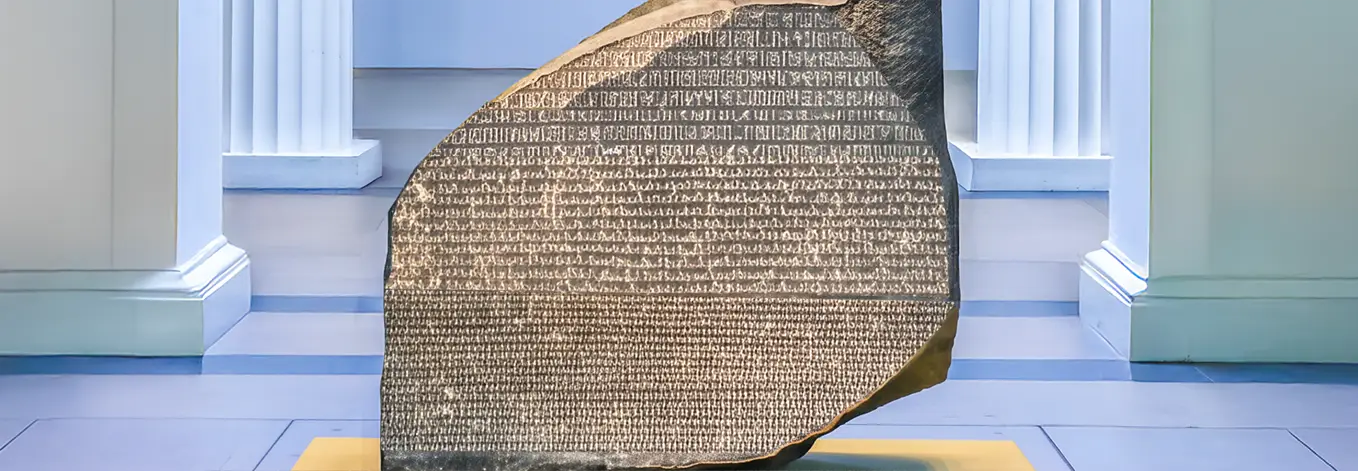
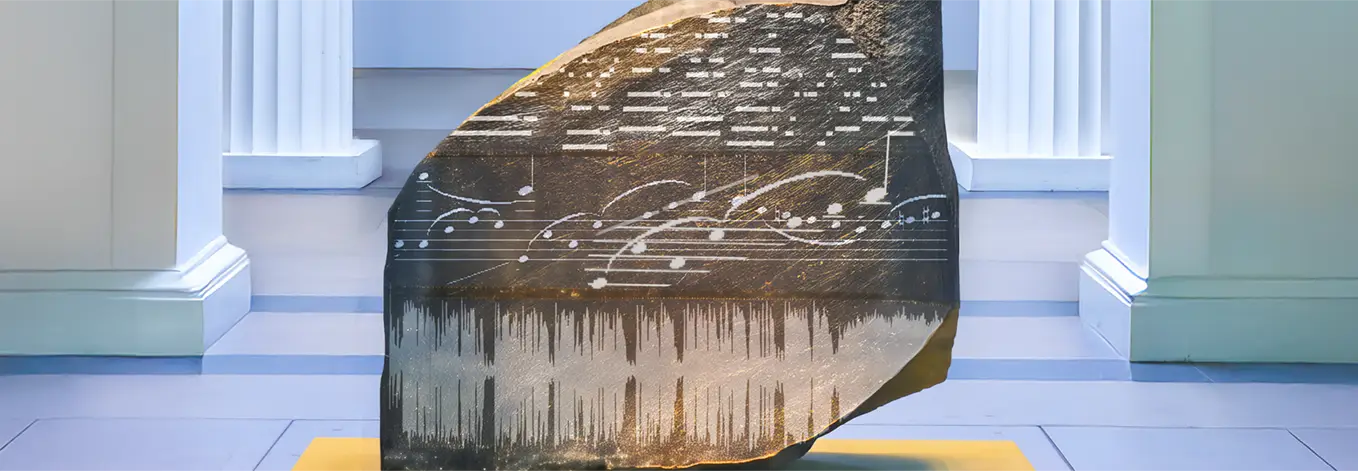
A subset of this process can be brought to Digital Audio Workstations. An encoding process analyses the recorded audio. It assigns semantic meaning and hierarchical representation to represent musical data, producing a MIDI track. And modelling data to represent the range of possible sounds, based on each note’s performance context. A PRISM-enabled Virtual Instrument then renders the sequence—or any version thereof—in real-time.
Year: 2020 Chad Wackerman & John Ferraro: Drums / Steve Morse & Blues Saraceno: Guitar / Sterling Ball: Bass
Foreseen Consequences
A problem manifests when raw audio is edited as MIDI. When notes are pulled apart, they expose Theoretical Audio—the parts of notes cut off by the next ones. PRISM generates the audio that would have existed, according to the performance parameters it predicts.
Split Personality
PRISM divides acoustic recordings into performances and the sounds they made. Each can be edited independently using standard DAW tools (for processing MIDI and audio). Together, new classes of sound transformation are enabled to solve canonical problems with traditional music production.
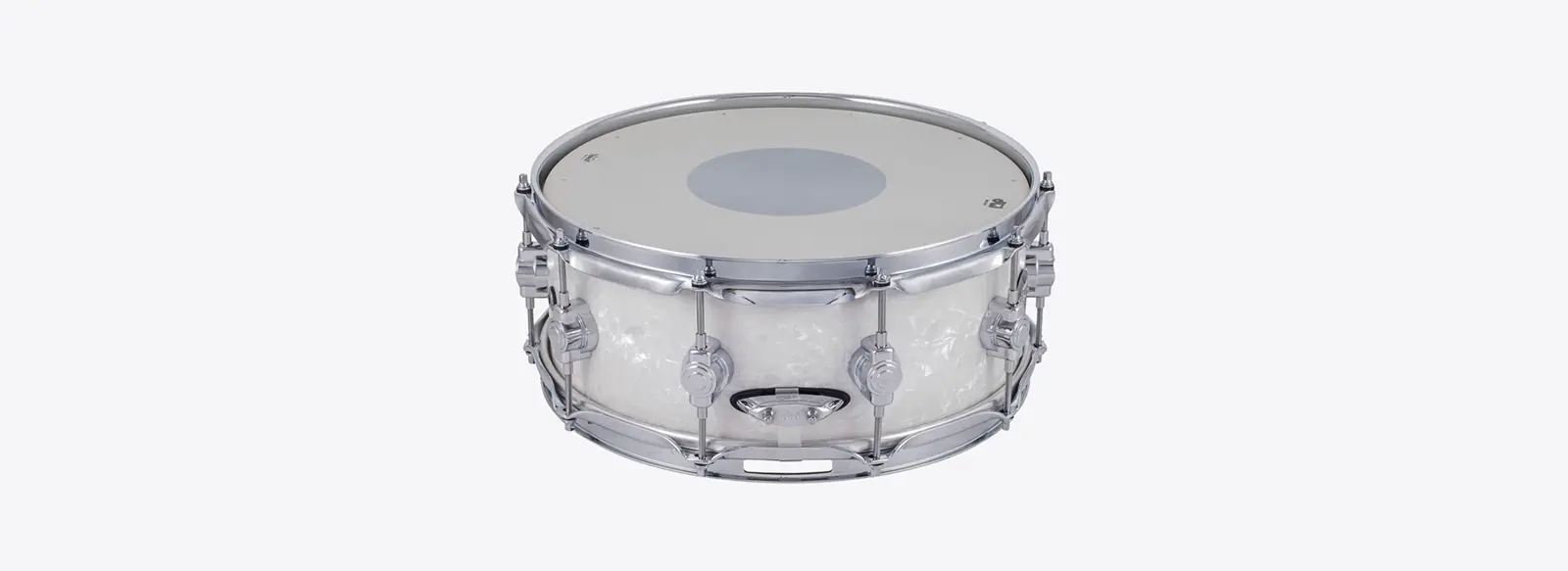
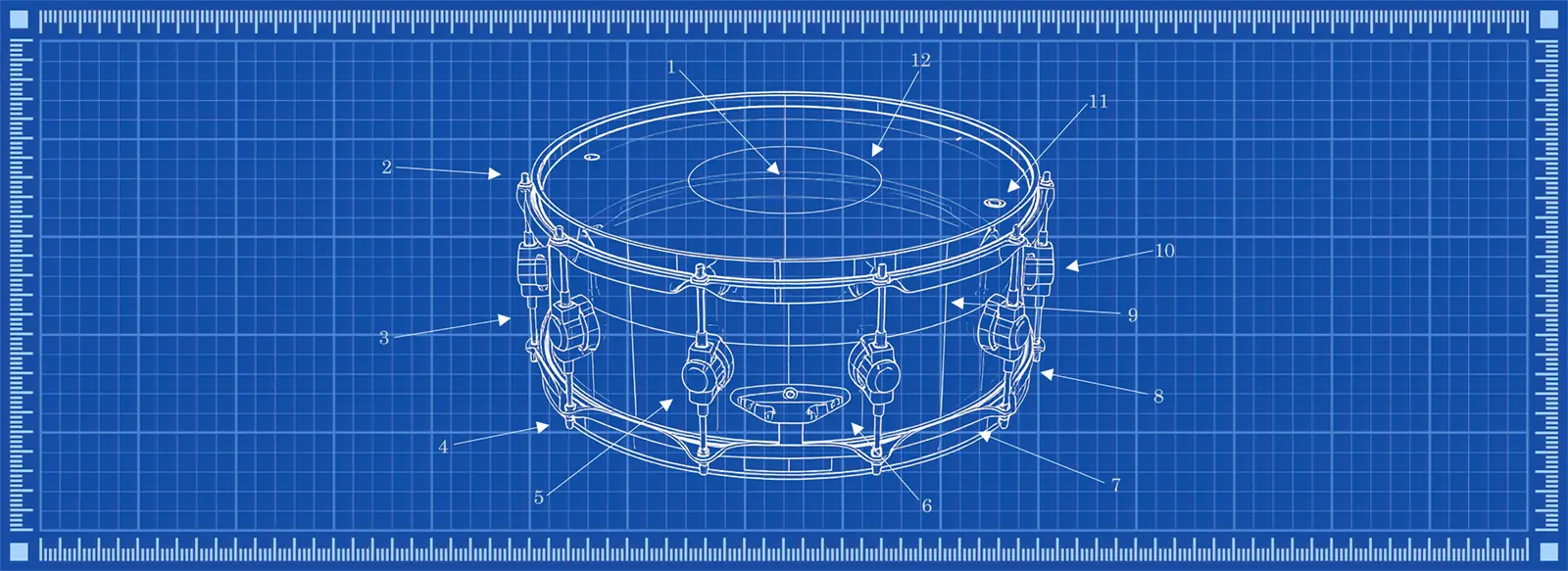
In this video, PRISM translates an audio loop to MIDI. Using features of PRISM’s Performer and Transformer system, the performance, instrumental physics, ambience, and other elements are edited separately. The DAW‘s native editing capabilities are complemented by PRISM‘s own unique transformations.
Selling Out
Hear PRISM on tracks with iconic artists, engineers and producers, engineered by Evans. Live songs are from the original audio—no overdubbing, re-recording or sample-layering.
Steve Vai ▪ Steve Morse ▪ Mike Portnoy ▪ Neal Morse ▪ Alice Cooper ▪ Jay Graydon ▪ David Foster ▪ Van Romaine ▪ Albert Lee ▪ Sterling Ball ▪ Joe Bonomassa ▪ Angel Vivaldi ▪ Chad Wackerman ▪ John Ferraro ▪ Marco Minneman ▪ Jim Cox ▪ Steve Lukather ▪ Crosby, Stills & Nash ▪ Peter Frampton ▪ Elvis Cosstello ▪ Peter Collins ▪ Ken Scott ▪ Bob Ezrin ▪ Michael Brauer ▪ Mark Neeham ▪ Howie Weinberg ▪ John Petrucci ▪ Robert Zemekis ▪ Deep Purple
PRISM Songs/Albums
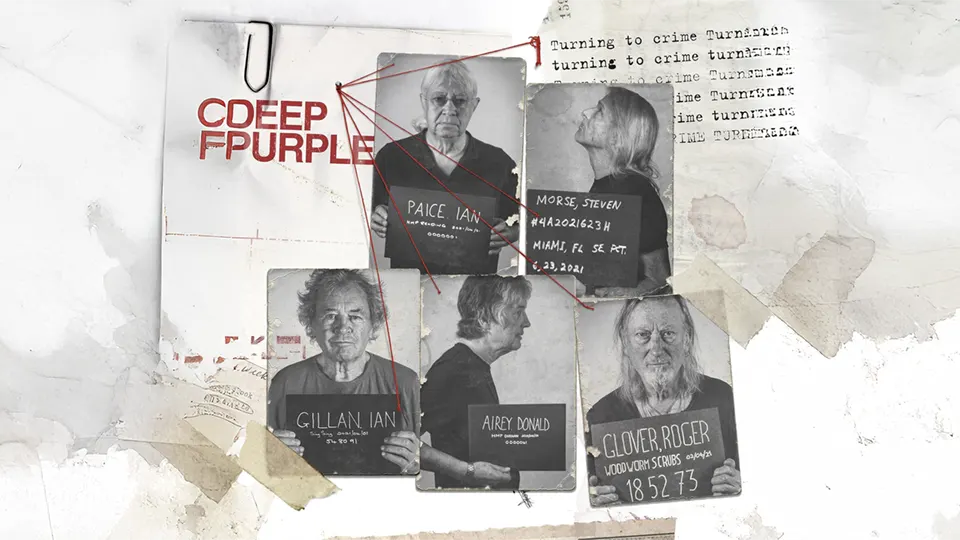
2:40

8:46

5:07

5:11
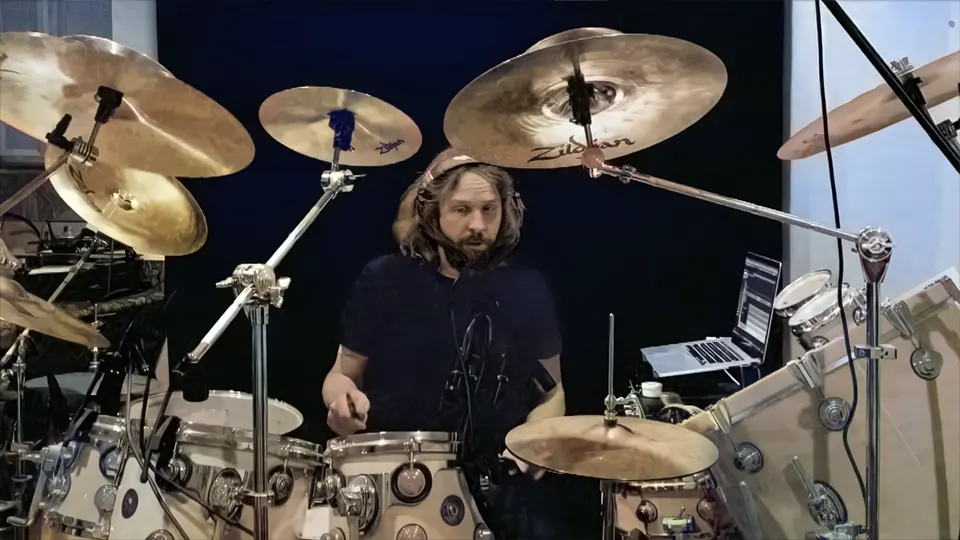
6:05
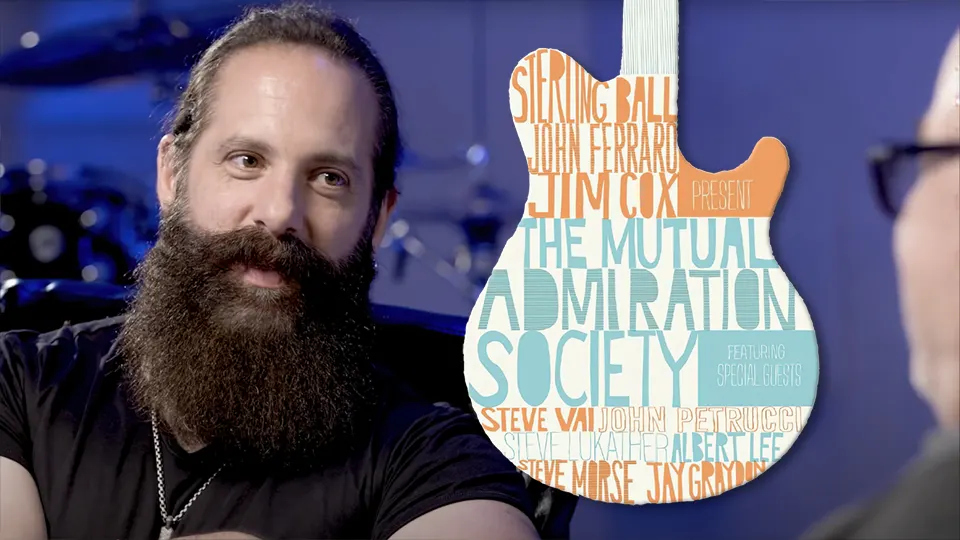
4:35
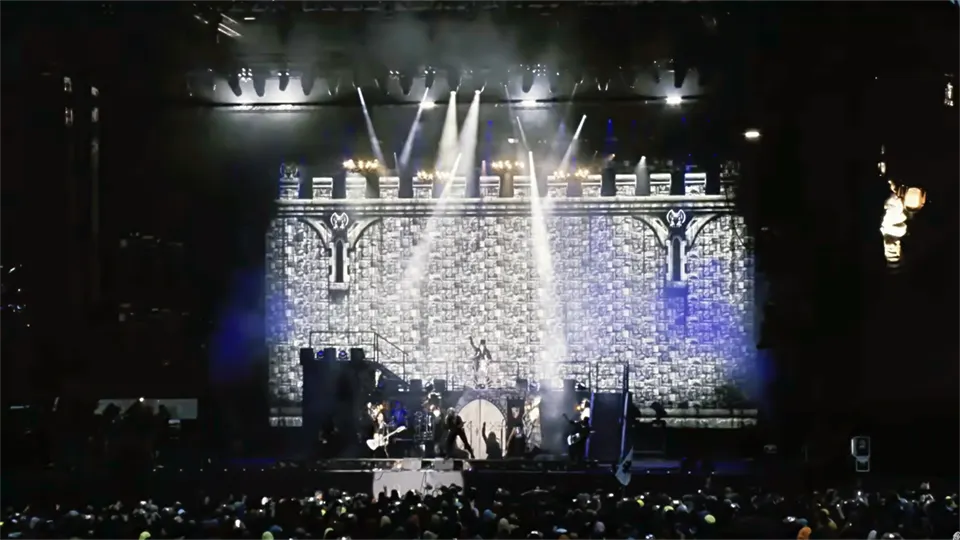
4:35

5:10

2:30
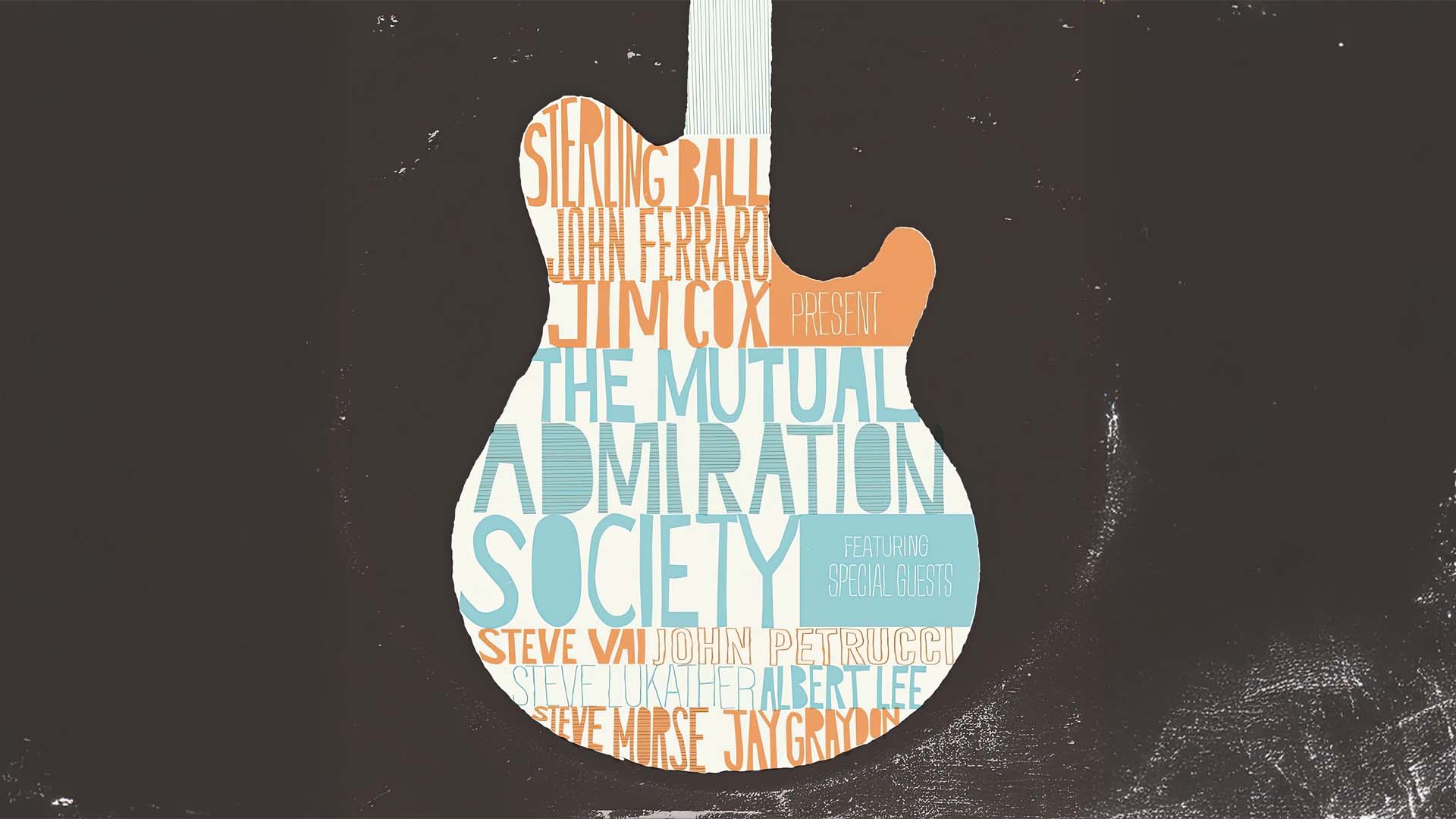
3:08
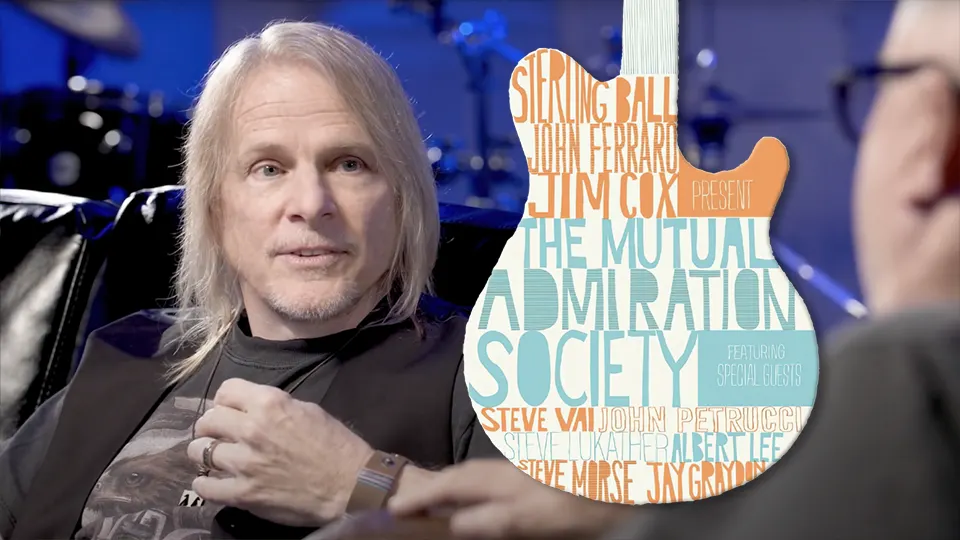
3:42
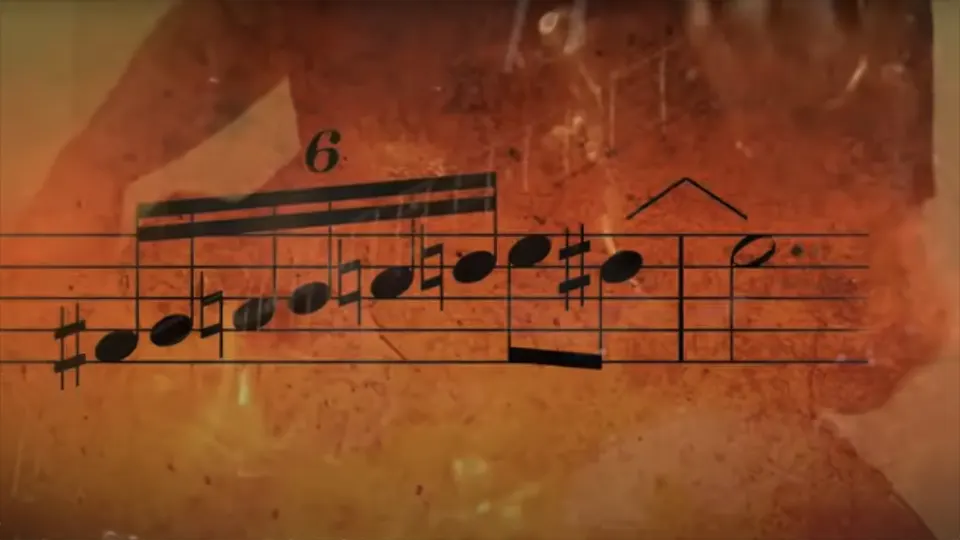
11:55

5:12
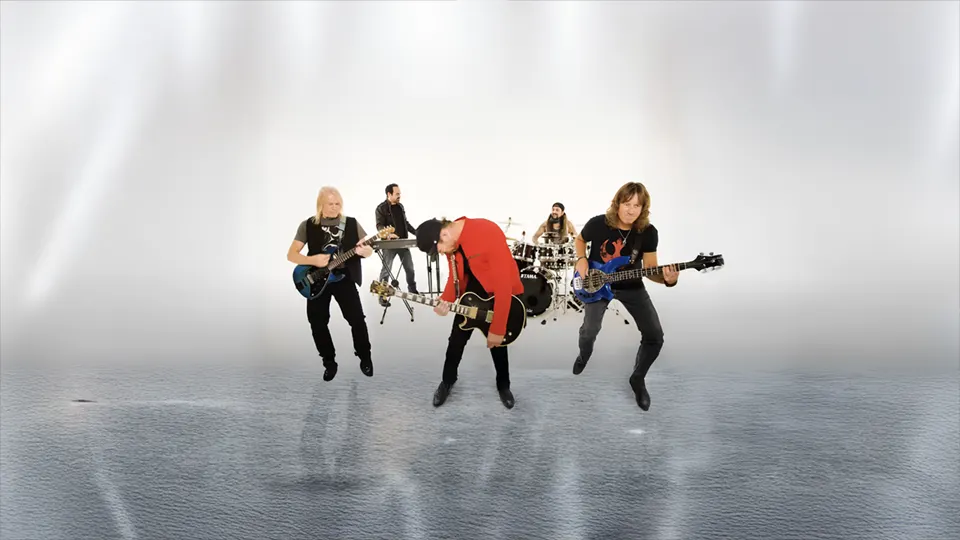
5:50

5:10
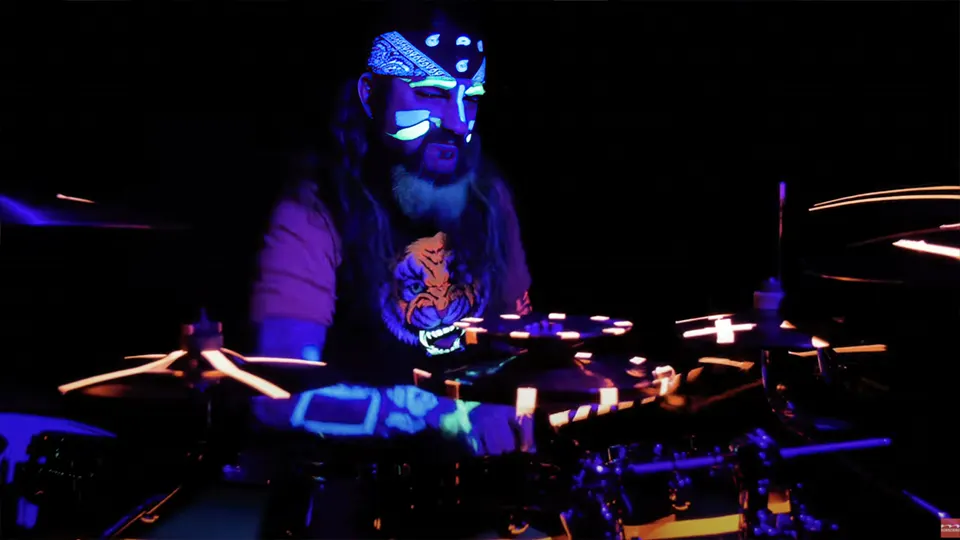
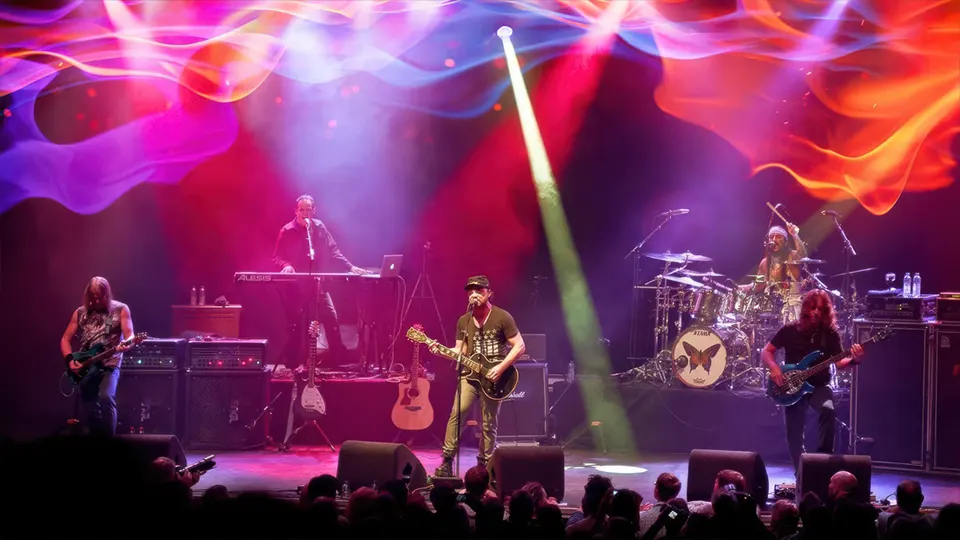
6:48
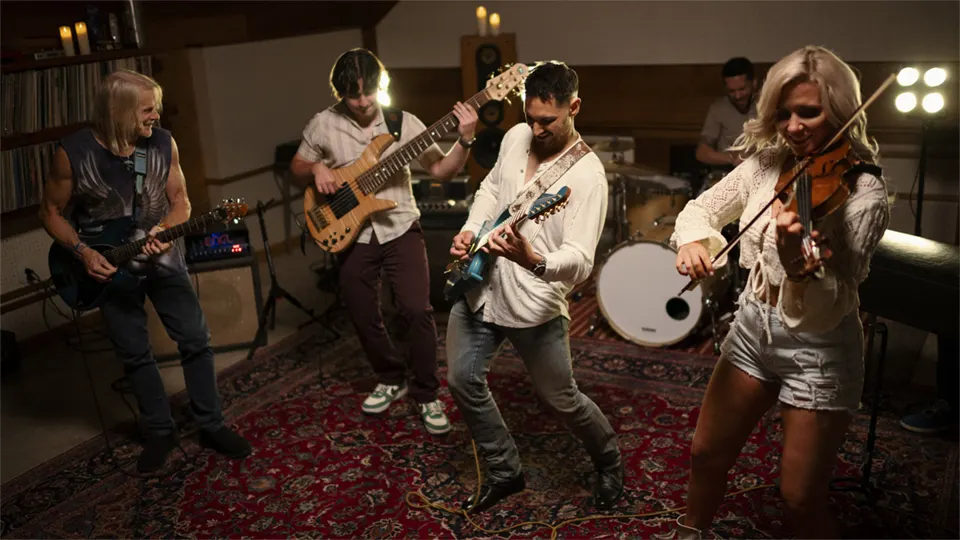
3:56
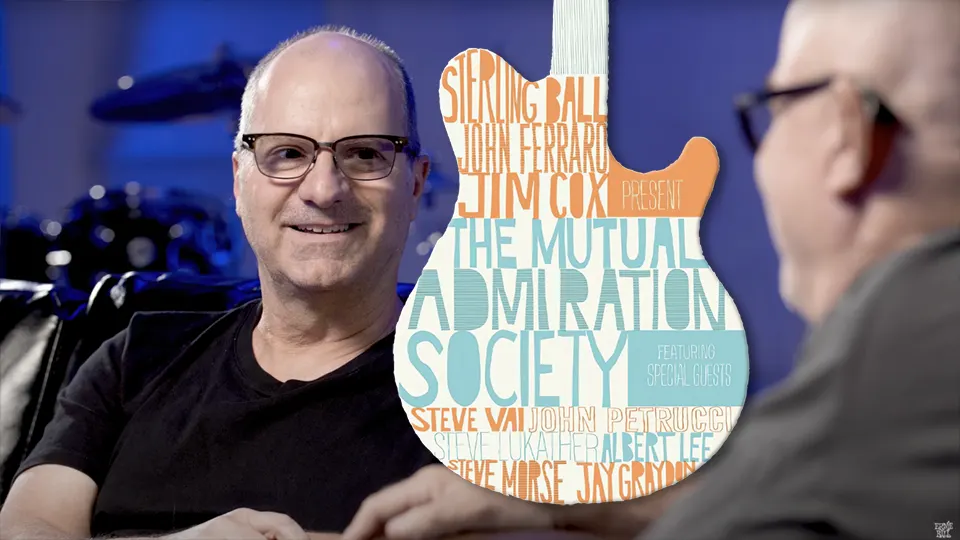
3:10
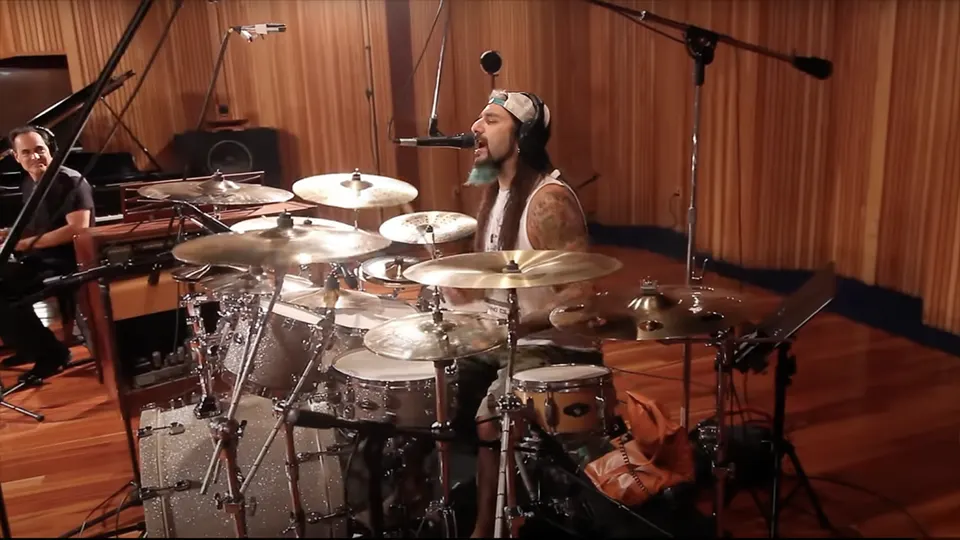
6:18
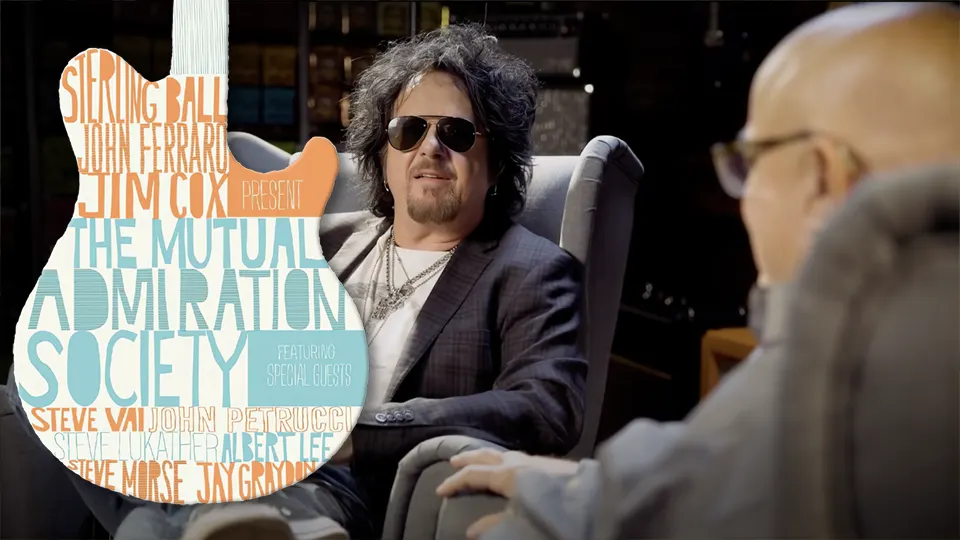
2:38

4:30

3:33
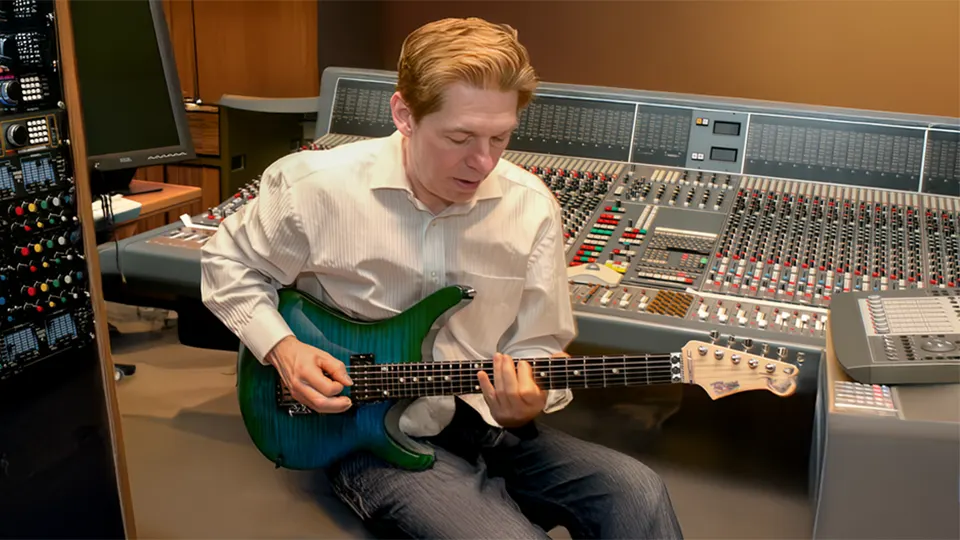
3:51
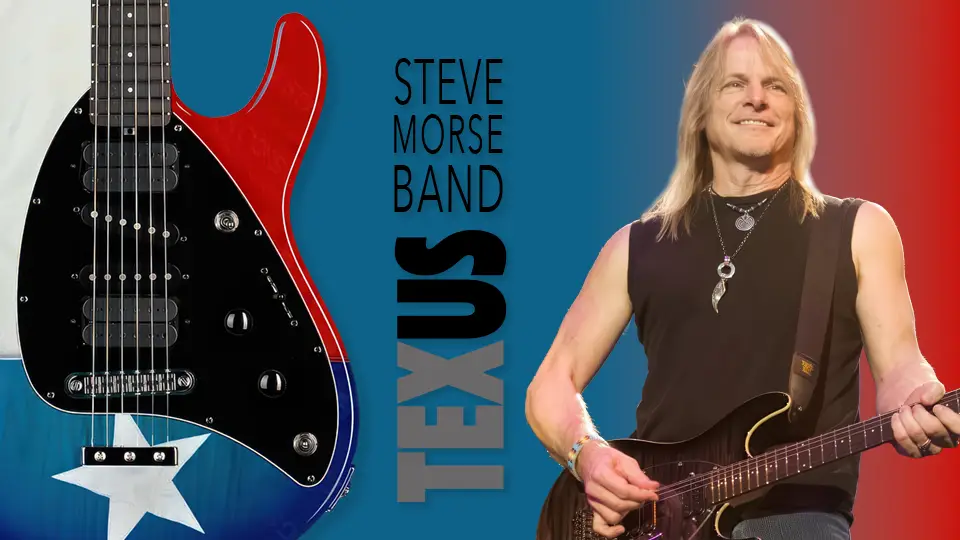
4:02
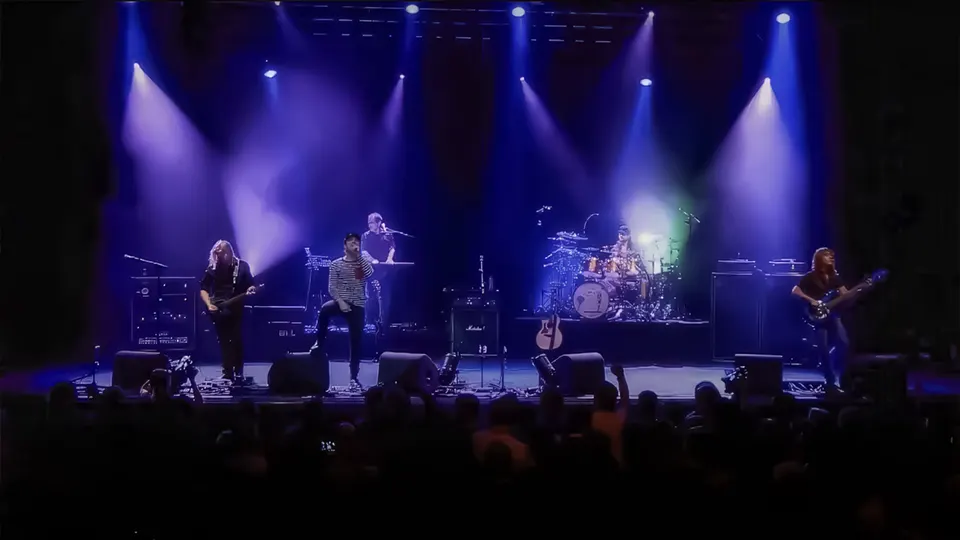
5:10
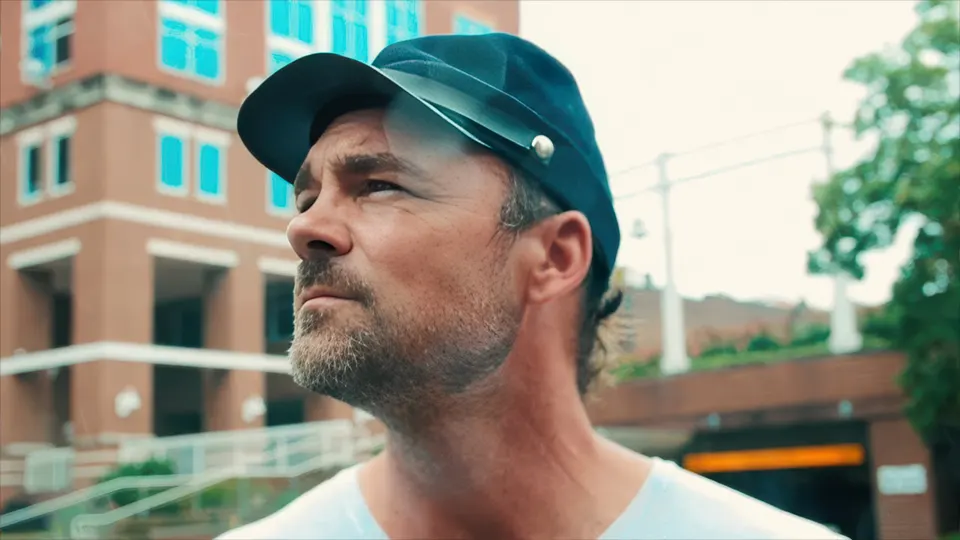
6:20
Year: 2021
PRISM Usage: Steve’s guitar
Year: 2019
PRISM Usage: Everything
Notes: GRAMMY Award
Year: 2015
PRISM Usage: All Instruments/Vocals
Notes: No Re-Recording • Chart Position Coming
Year: 2025
PRISM: Guitar
Notes: Nov 14, 2025 Album Release
Year: 2018
PRISM Usage: Drums
Year: 2018
PRISM: Everything
Notes: #1 iTunes and Amazon Blues Charts
Year: 2023
PRISM Usage: Alice’s vocals
Notes: No Re-Recording • Gold Record
Year: 2014
PRISM Usage: All Instruments/Vocals
Notes: Top-20 Chart Position
Year: 2018
PRISM: Everything
Notes: #1 iTunes and Amazon Blues Charts
Year: 2018
PRISM: Everything
Notes: #1 iTunes and Amazon Blues Charts
Year: 2018
PRISM: Everything
Notes: #1 iTunes and Amazon Blues Charts
Year: 2012
PRISM Usage: All Instruments/Vocals
Notes: #9 Billboard Hard Rock
Year: 2012
PRISM Usage: All Instruments/Vocals
Notes: #9 Billboard Hard Rock
Year: 2019
PRISM Usage: All Instruments/Vocals
Notes: #11 Chart Position
Year: 2019
PRISM Usage: All Instruments/Vocals
Notes: #11 Chart Position
Year: 2019
PRISM Usage: All Instruments/Vocals
Notes: #11 Chart Position
Year: 2015
PRISM Usage: All Instruments/Vocals
Notes: No Re-Recording • Chart Position Coming
Year: 2025
PRISM Usage: Steve’s guitar
Year: 2018
PRISM: Everything
Notes: #1 iTunes and Amazon Blues Charts
Year: 2018
PRISM: Everything
Notes: #1 iTunes and Amazon Blues Charts
Year: 2012
PRISM Usage: All Instruments/Vocals
Notes: #9 Billboard Hard Rock
Year: 2018
PRISM: Everything
Notes: #1 iTunes and Amazon Blues Charts
Year: 2018
PRISM: Everything
Notes: #1 iTunes and Amazon Blues Charts
Year: 2025
PRISM: Guitar
Notes: Nov 14, 2025 Album Release
Year: 2013
PRISM Usage: All Instruments/Vocals
Notes: No Re-Recording • #1 Chart Position
Year: 2019
PRISM Usage: All Instruments/Vocals
Notes: #11 Chart Position
Stay in the Loop
You will first receive an email to confirm you signed up. We do not use email for commercial purposes, or share with third parties.
Stay connected with PRISM, and get an inside look at the sessions from some of music’s most compelling artists. New technologies while they’re in the incubator. And fresh takes on how the science of music production affects us as engineers, producers, artists and humans.